Troubleshooting Hops Plants: What To Do If Your Hops Stopped Growing
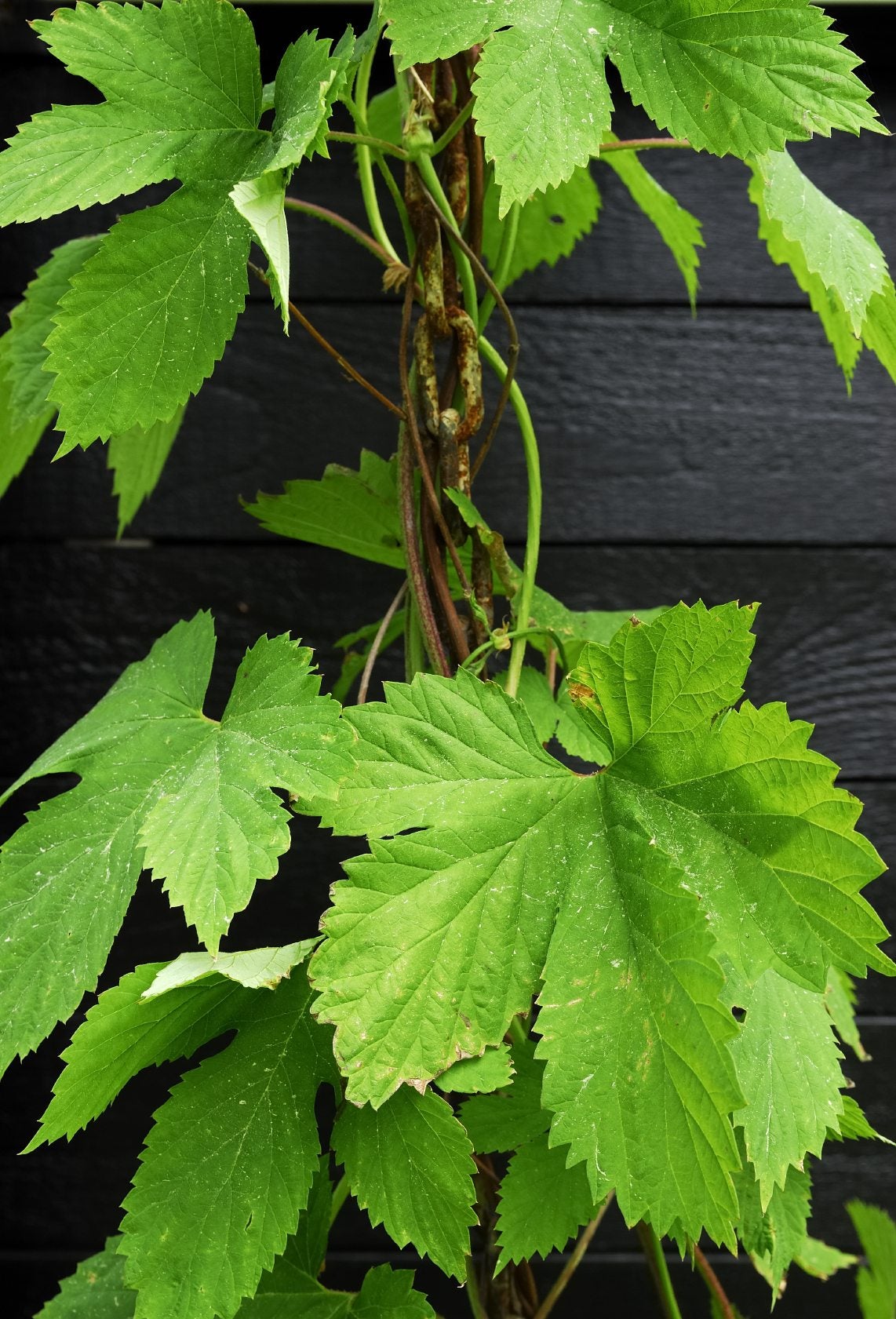

Hops are perennial rhizomous plants grown as ornamentals or to harvest the flowers and cones to flavor beer. These plants are heavy feeders and need plenty of water to produce the 20 to 30 foot (6-9 m.) vine. In proper soil, with bright light and consistent water, hops are speedy growers that get bigger every year. In improper conditions or where disease or pests threaten the vines, you may find your hops plant quit growing. Try troubleshooting hops problems to find the root cause when hops stopped growing.
My Hops Stopped Growing
Even if you aren't a home brewer, hops plants make elegant ornamental vines when trained over an arbor or trellis. The plants need at least 120 growing days, nutrient rich, well-draining soil, a soil pH of 6.5 to 8.0, full sun, and plenty of water. These twining vines should be female to produce cones and should come from healthy, robust rhizomes. Failure to meet all these conditions can cause stalled growth on hops. Even with all the proper requirements, hops plant problems like insects and disease may make your hops plant quit growing. Finding the cause of any plant problem can be like hunting for a needle in a haystack. It is because of growing conditions, disease and pests are all factors in successful growth, the potential causes can really add up.
Troubleshooting Hops
Hops plant problems usually start with site and cultivation practices. Without enough water, the proper pH, plenty of light and good drainage, the vine is unlikely to thrive. Once you rule any of the conditions of growth out of the picture, you can focus on pests and diseases, of which there are many potentials. Stalled growth on hops is common in the first year when the rhizomes are building energy and the vine is still too young to produce vigorous stem growth and cones.
Environmental Hops Plant Problems
If you've noticed your hops plant has quit growing and it isn't a first year plant, look at how much water you are giving it on a weekly basis. Some growers recommend watering twice per day in the heat of summer, but this may be excessive, depending upon your soil type. A good rule of thumb is to water deeply, frequently, and let the top couple of inches (5 cm.) of soil dry out before watering again. Feed each plant with a side dressing of ½ teaspoon (2 ml.) of 21-0-0 fertilizer in June to add extra nitrogen. Dig in manure compost around the plants in spring. Prune plant vines to two to three healthy shoots to prevent excessive stems and promote cones. Tie the vines to a support structure to enhance sun exposure and strong scaffolding.
Diseases and Pests of Hops
Once you've ensured good siting and care for your hops plant, it's time to look at some other causes of stalled growth on hops. The most common disease issue is downy mildew, most prevalent in cool, wet weather, and is characterized by vines blackening and dying back. Vine pruning will increase circulation and prevent much of the problem. Spray plants with a mixture of water and baking soda to help prevent development of spores. Insect pests are harder to pinpoint. Sucking insects cause much of the loss of vigor that stunt vines and diminish growth; aphids and spider mites cause leaf speckling, distortion, vine wither, and overall lack of health. Insecticidal soap sprays will usually do the trick. Big leaf eaters, like cutworms, cause the most damage to young plants. The pests come out at night and can completely girdle a vine as well as chow down on the leaves. Attacked plants look like they came from a Swiss cheese factory and entire stems may be cut off and killed. Hunting with a flashlight and squashing those nasty little organisms is the most expedient and earth friendly way to dispatch the threat. Cucumber beetles are another common enemy of the vine and are large enough to hunt and destroy in the same manner you treat the cutworms.
Gardening tips, videos, info and more delivered right to your inbox!
Sign up for the Gardening Know How newsletter today and receive a free copy of our e-book "How to Grow Delicious Tomatoes".

Bonnie Grant is a professional landscaper with a Certification in Urban Gardening. She has been gardening and writing for 15 years. A former professional chef, she has a passion for edible landscaping.
-
 Grow ‘Karl Rosenfield’ Peony Plants For The Ultimate Frilly Border Beauties And Cut Flowers
Grow ‘Karl Rosenfield’ Peony Plants For The Ultimate Frilly Border Beauties And Cut FlowersFor frilly double magenta peony petals infused with a heady fragrance, grow ‘Karl Rosenfield’ peony plants. Here’s how to cultivate the ultimate plushy blooms
By Tonya Barnett
-
 10 Common Composting Problems That Can Spoil Your Garden Gold – Plus Easy Fixes
10 Common Composting Problems That Can Spoil Your Garden Gold – Plus Easy FixesLearn how to troubleshoot common composting issues before they ruin your stash – from bad smells and bugs to materials not breaking down as they should.
By Susan Albert
-
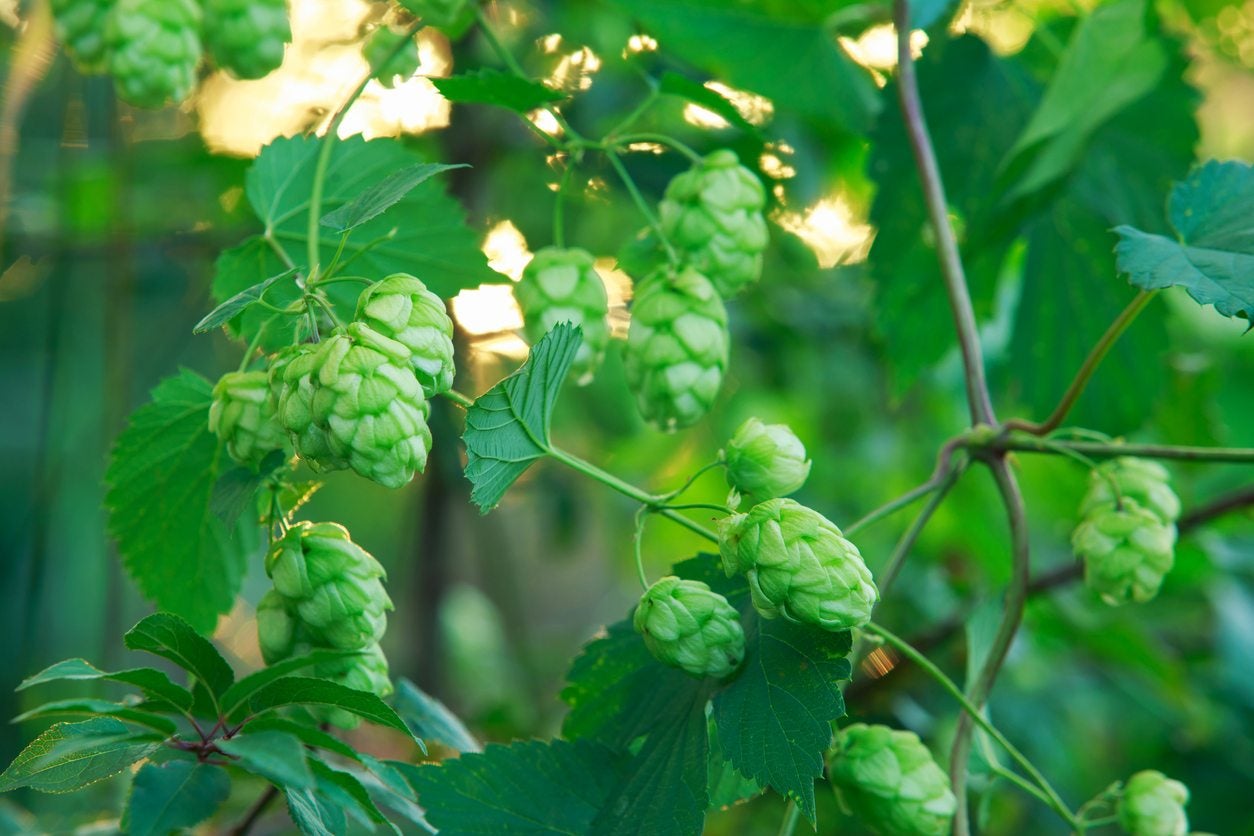 Hops Plant Pruning: When And How To Prune A Hops Plant
Hops Plant Pruning: When And How To Prune A Hops PlantIf you're a home brewer, there's nothing more satisfying than growing your own hops. But hops are long, fast growing vines that require some strategic pruning to get the most out of them. Learn more about how to prune a hops plant in this article.
By Liz Baessler
-
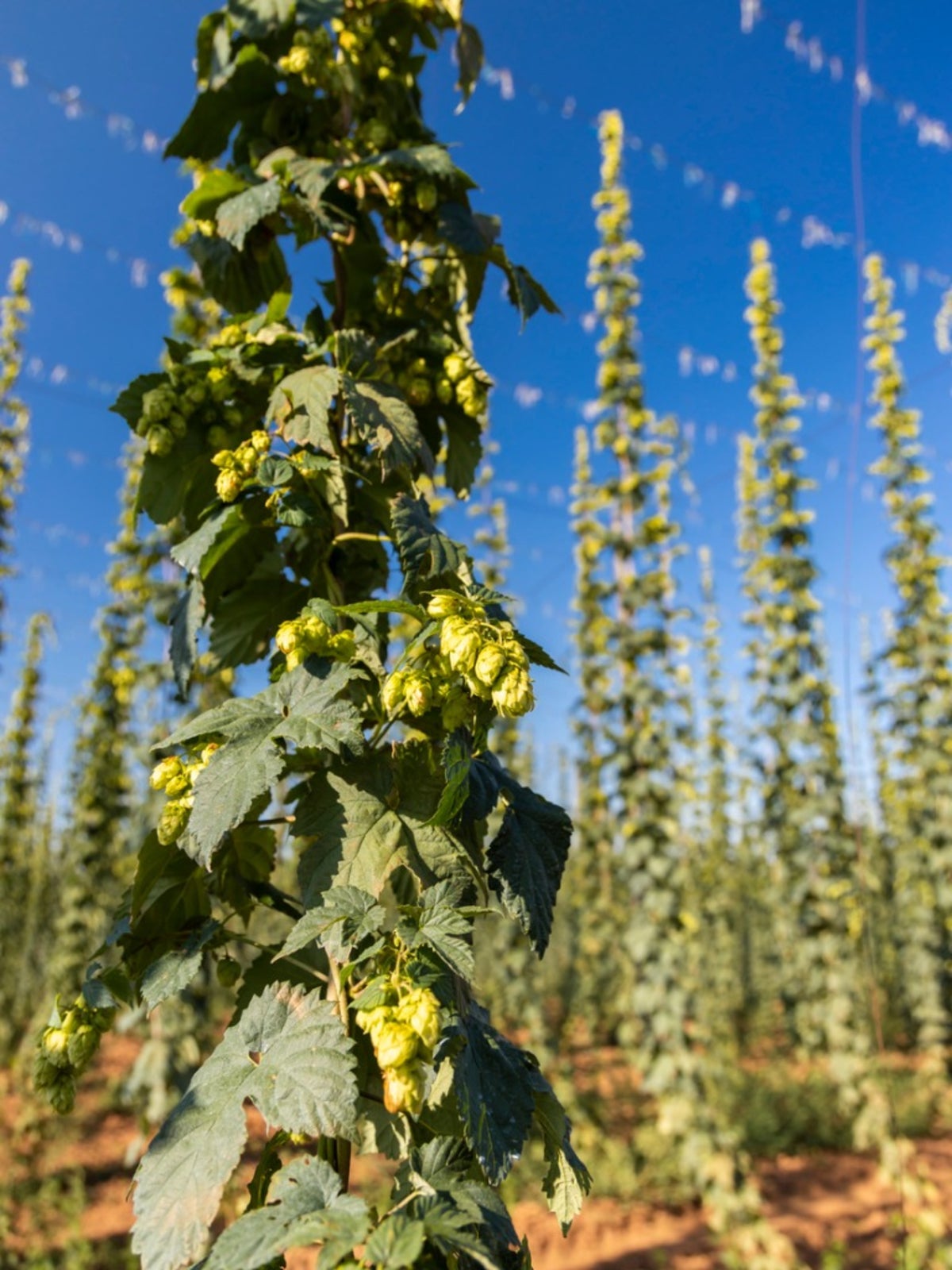 Hops Companion Plants: Learn What To Plant With Hops In Gardens
Hops Companion Plants: Learn What To Plant With Hops In GardensCompanion planting with hops can enhance crop growth and provide a decoy for pesky critters. That said, hop vines are aggressive growers so companion plants need to be considered carefully. This article can help with that.
By Bonnie L. Grant
-
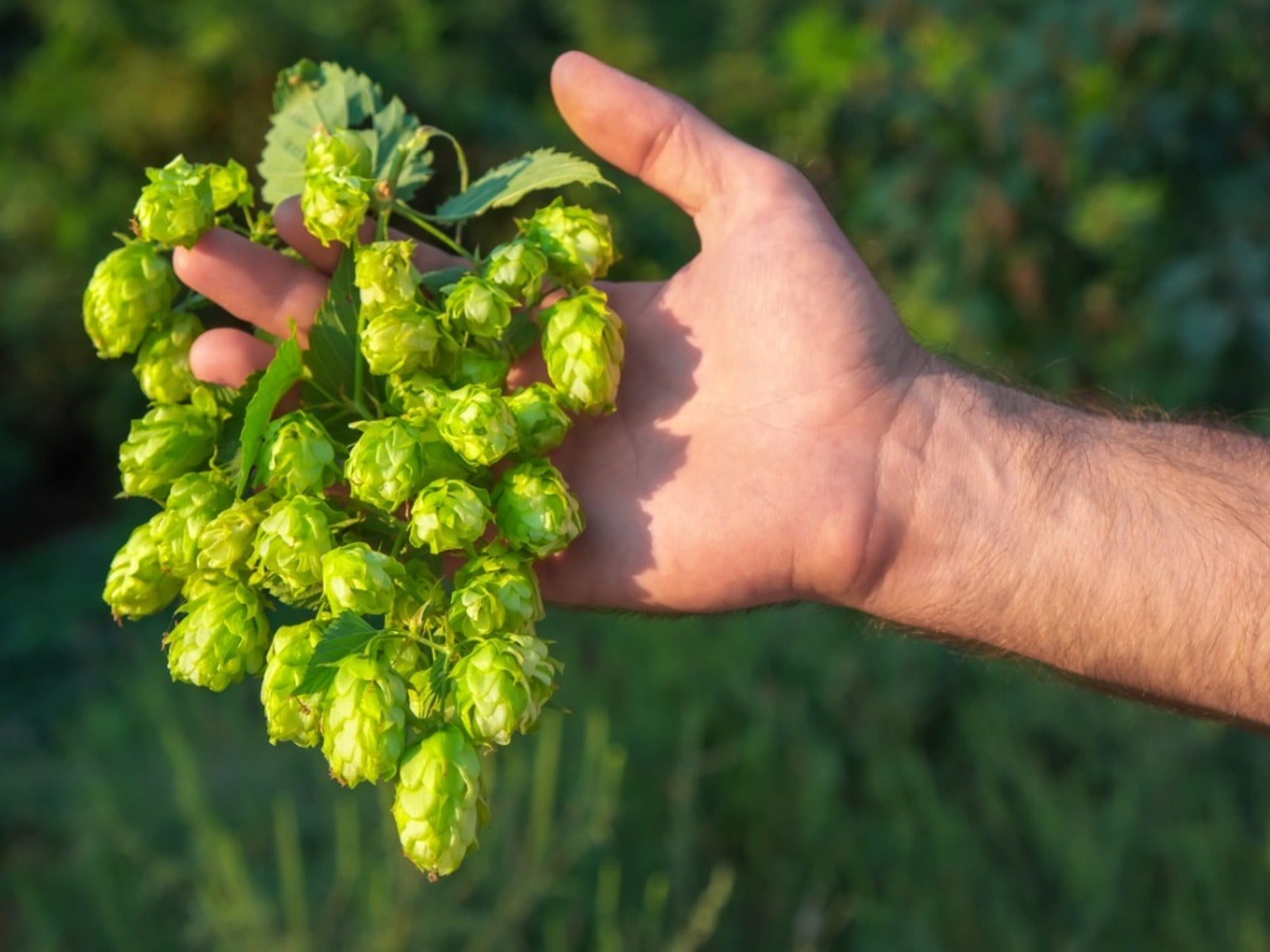 Harvesting Hops Plants: When Is Hops Harvest Season
Harvesting Hops Plants: When Is Hops Harvest SeasonAre you a home brewer? If you have some extra space in your garden, consider growing your own hops to make your beer even more personal.
By Liz Baessler
-
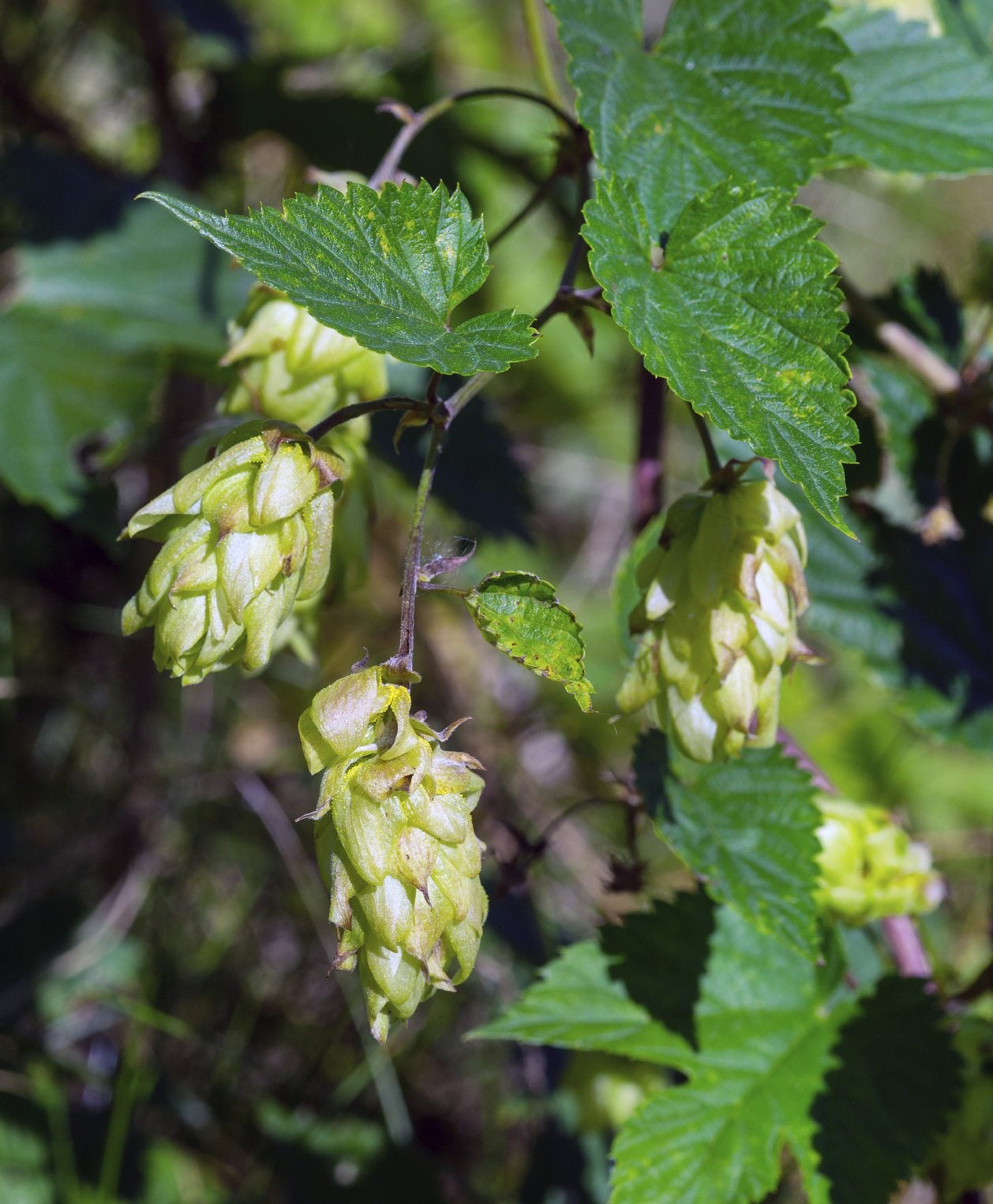 Hops Plant Fertilizer: How And When To Feed Hops Plants
Hops Plant Fertilizer: How And When To Feed Hops PlantsHops can grow up to a whopping 30 feet (9 m.) in a year! To attain this amazing size, it isn't any wonder that they like to be fed every so often. What are hops fertilizer requirements? The following article contains a sort of hops fertilizer guide to help.
By Amy Grant
-
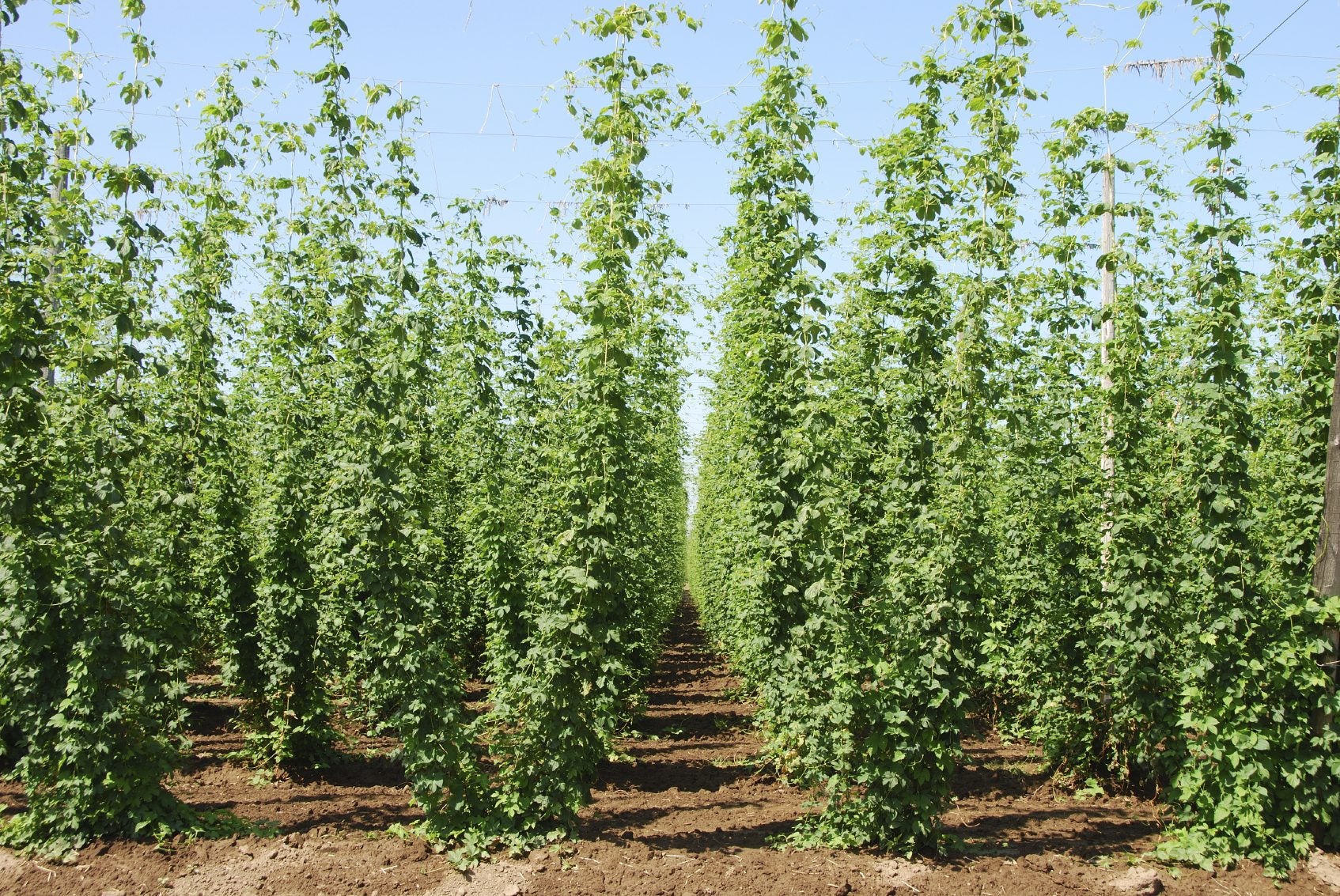 Hops Spacing Requirements – Tips On Plant Spacing For Hops
Hops Spacing Requirements – Tips On Plant Spacing For HopsMost people know that hops are used to make beer, but did you know that the hop plant is a fast-climbing vine? If you decide to grow hops, give a thought to hops plant spacing. This article has more information on spacing requirements for hops.
By Teo Spengler
-
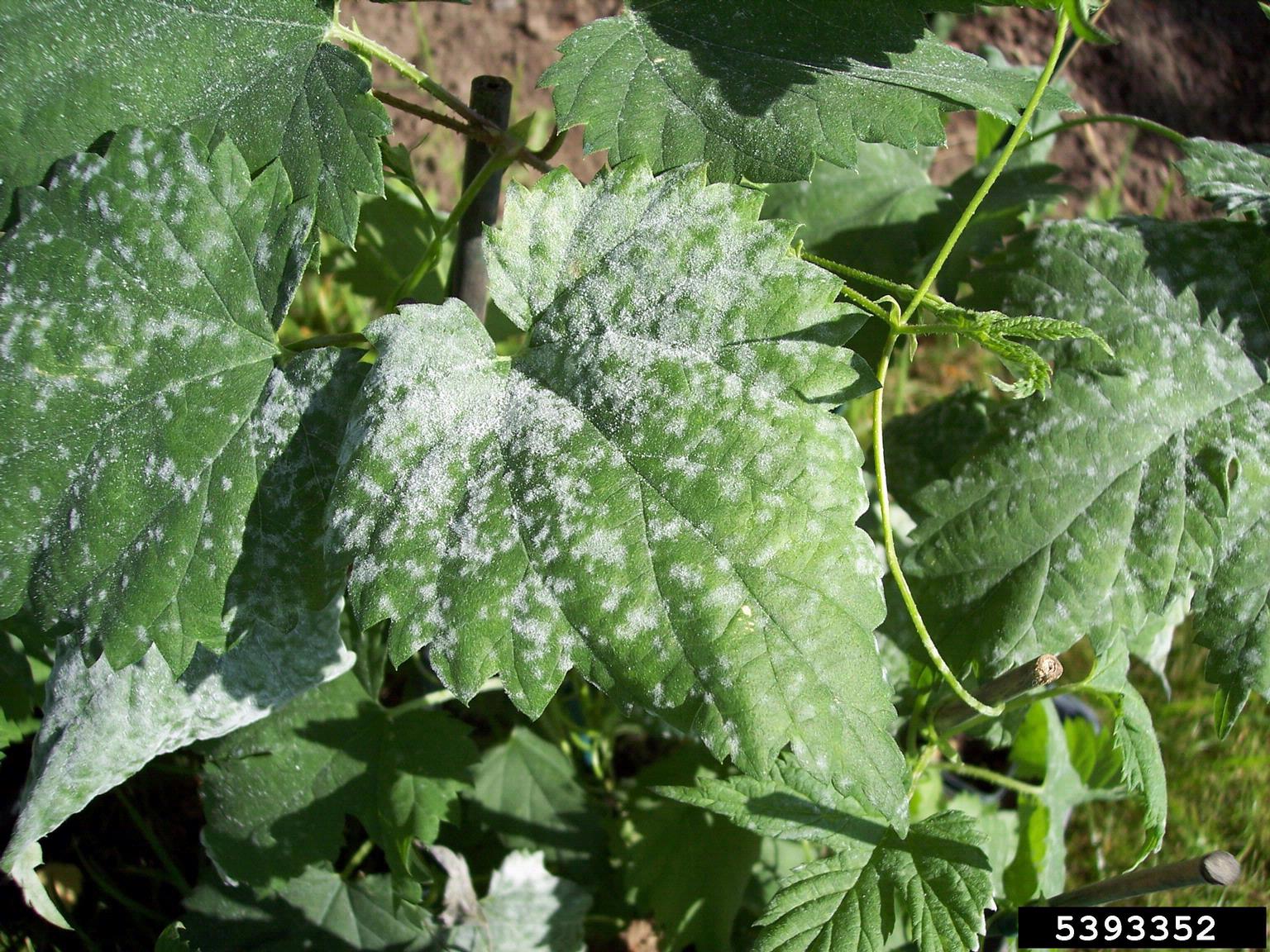 Hops Plant Diseases: Treating Diseases Affecting Hops Plants In Gardens
Hops Plant Diseases: Treating Diseases Affecting Hops Plants In GardensAs prolific as hops can be, the plant may still be afflicted with hops plant diseases. For a fruitful crop, it's important to learn about diseases affecting hops in order to treat hops plant problems ASAP. This article should help with that.
By Amy Grant
-
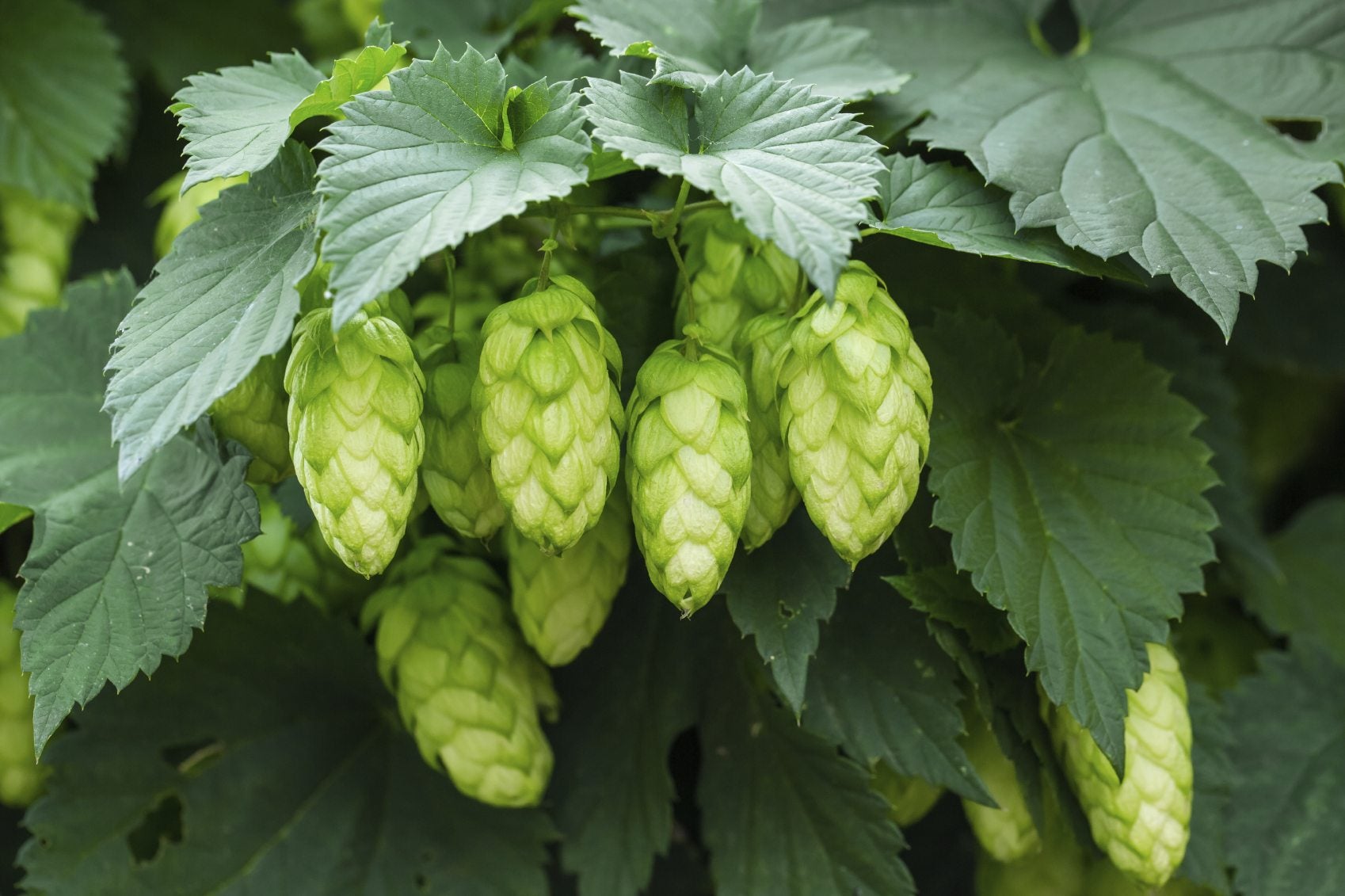 Reasons For No Cones On Hops: How To Get Cones On Hops Plants
Reasons For No Cones On Hops: How To Get Cones On Hops PlantsHops with no cones may be due to the time of the year, cultivation practices, or the age of the vines. Professional growers know how to get cones on hops plants and you can too with a little advice and some tips from the trade. This article will help.
By Bonnie L. Grant
-
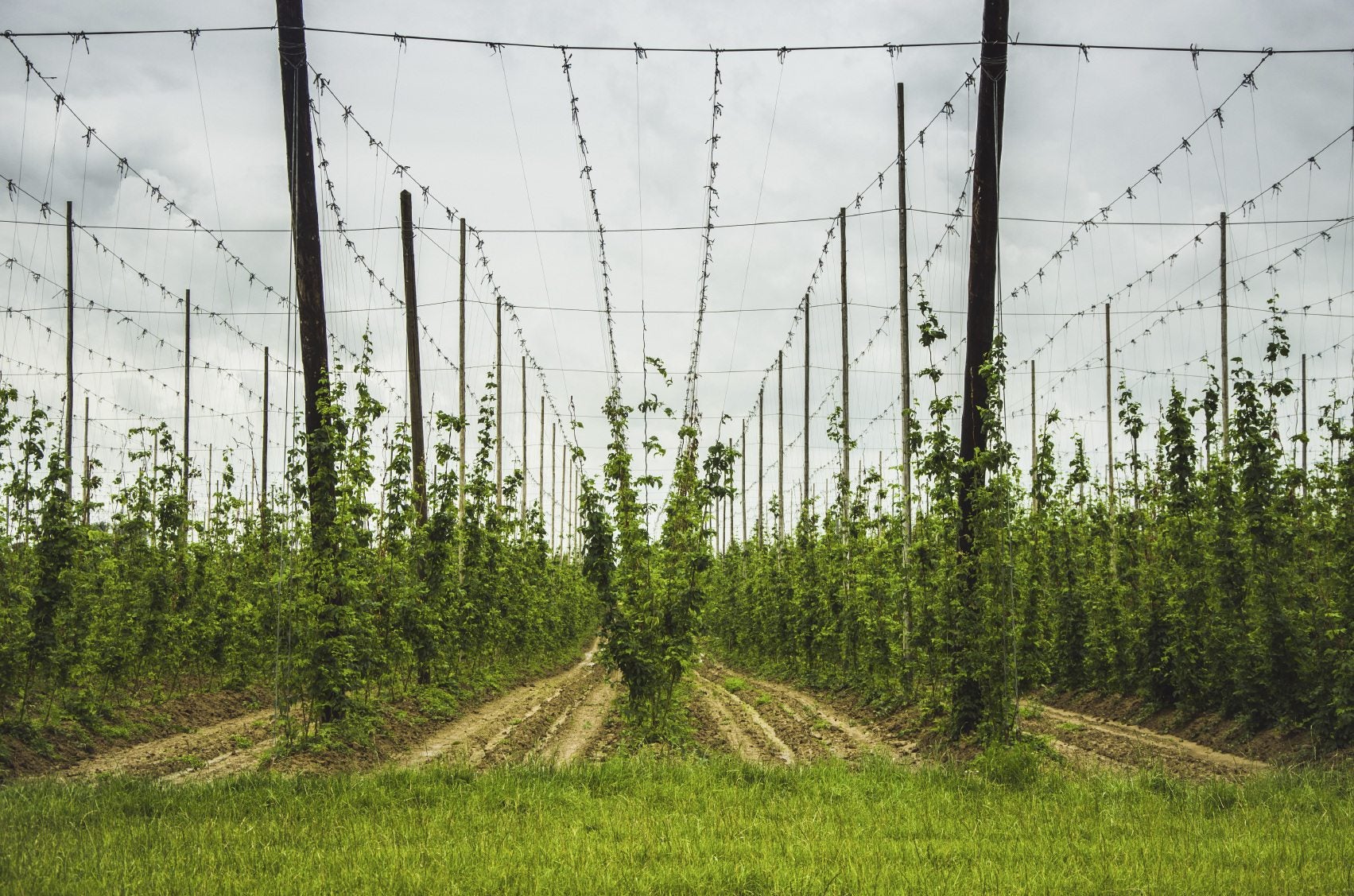 Support For Hops Vines: Learn About Hops Plant Support
Support For Hops Vines: Learn About Hops Plant SupportHops can grow up to 12 inches (30.5 cm.) a day. These rampant climbers need a sturdy trellis of appropriate height to accommodate their size. The following article contains information on the best support for hops plants and building a trellis for hops.
By Amy Grant